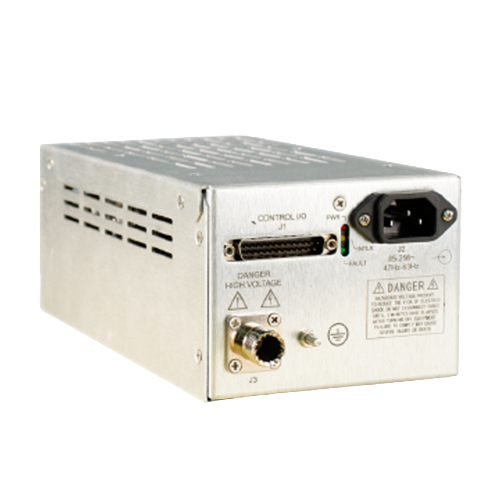Research on the Switching Delay of Polarity-Switching High-Voltage Power Supply
In many scientific research and industrial application fields, the polarity-switching high-voltage power supply plays a crucial role. This type of power supply can quickly switch between positive and negative voltages to meet the needs of different experiments and equipment operations. However, the problem of switching delay has always been an important factor affecting its performance, and in-depth research on switching delay is of great necessity.
Switching delay refers to the time interval from the issuance of a switching command to the actual completion of the switching of the output voltage of the power supply and its stabilization at the target value. Although this delay seems short, it may have a significant impact on the entire system. In some experiments with extremely high requirements for time accuracy, such as high-speed particle accelerator experiments, even a very small deviation in switching delay can cause deviations in the particle acceleration trajectory, thereby affecting the accuracy of experimental results.
There are many factors that affect the switching delay of the polarity-switching high-voltage power supply. The internal circuit structure of the power supply is one of the important factors. A complex circuit layout and component characteristics may lead to signal transmission delays and voltage adjustment delays. For example, the charging and discharging process of filter capacitors will, to a certain extent, slow down the voltage switching speed. In addition, the response speed of the control circuit is also crucial. If the computing speed of the control circuit is not fast enough to process the switching command in a timely manner and send an accurate control signal to the power circuit, the switching delay will increase.
In order to conduct in-depth research on switching delay, researchers have adopted a variety of methods. On the one hand, by establishing an accurate circuit model, computer simulation software is used to simulate and analyze the switching process of the power supply under different working conditions. This method can quickly and intuitively observe the impact of various factors on the switching delay and provide a theoretical basis for optimization design. On the other hand, actual experimental tests are carried out. High-precision oscilloscopes and other instruments are used to measure the switching delay time of the power supply, and by changing circuit parameters, working conditions, etc., the influence laws on the delay are analyzed.
In practical applications, a series of optimization measures have been taken for the switching delay problem. In circuit design, high-speed and low-delay electronic components are selected, and the circuit layout is optimized to reduce the signal transmission path. In terms of control algorithms, advanced control strategies are adopted to improve the response speed of the control circuit to switching commands. For example, predictive control algorithms are used to predict and adjust the voltage switching process in advance, effectively reducing the switching delay.
The research on the switching delay of the polarity-switching high-voltage power supply helps to improve the performance of the power supply and enable it to better serve the needs of various fields. With the continuous deepening of research and the continuous development of technology, it is believed that greater breakthroughs will be made in the control of switching delay for polarity-switching high-voltage power supplies, providing more powerful support for the development of related fields.




















